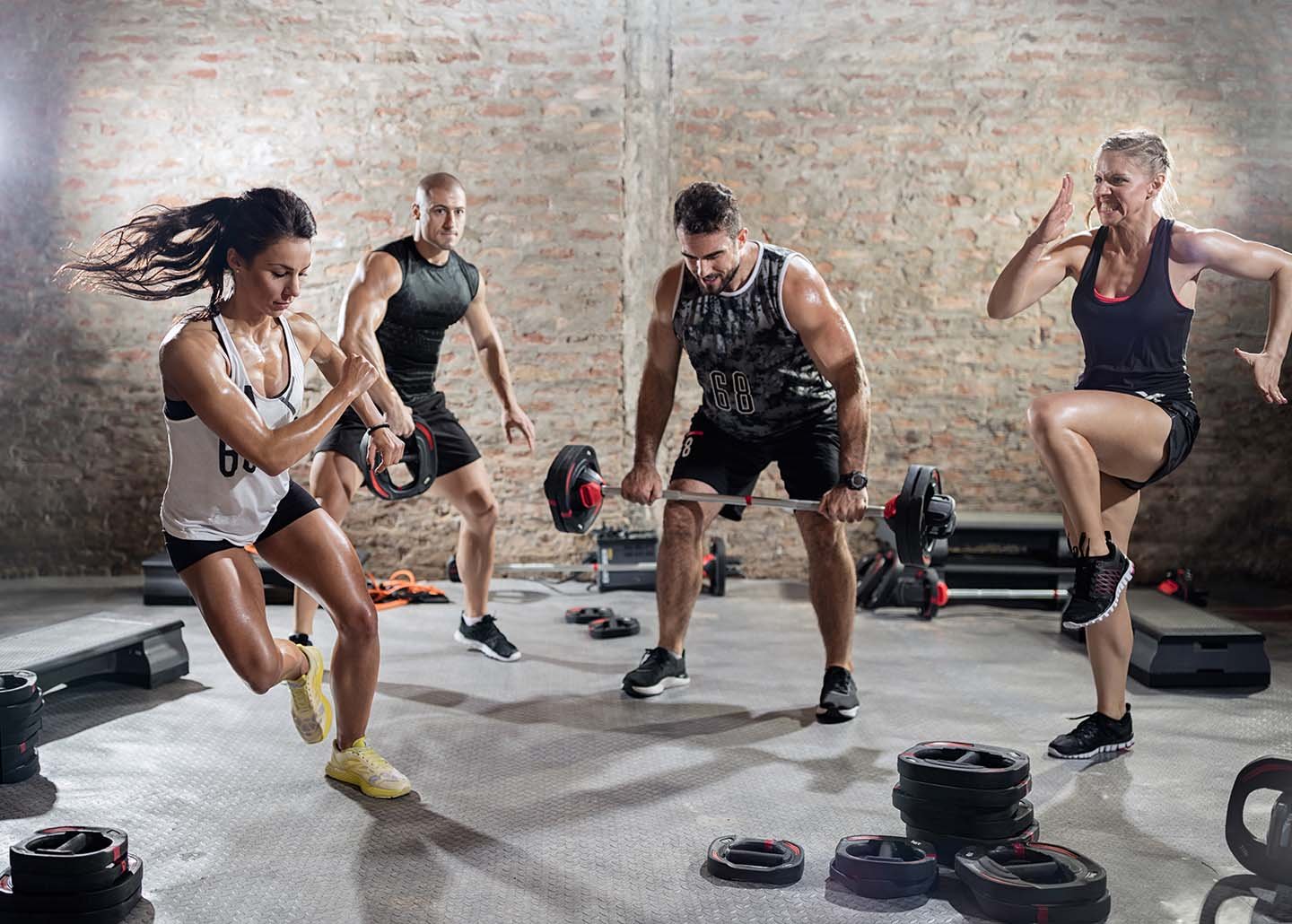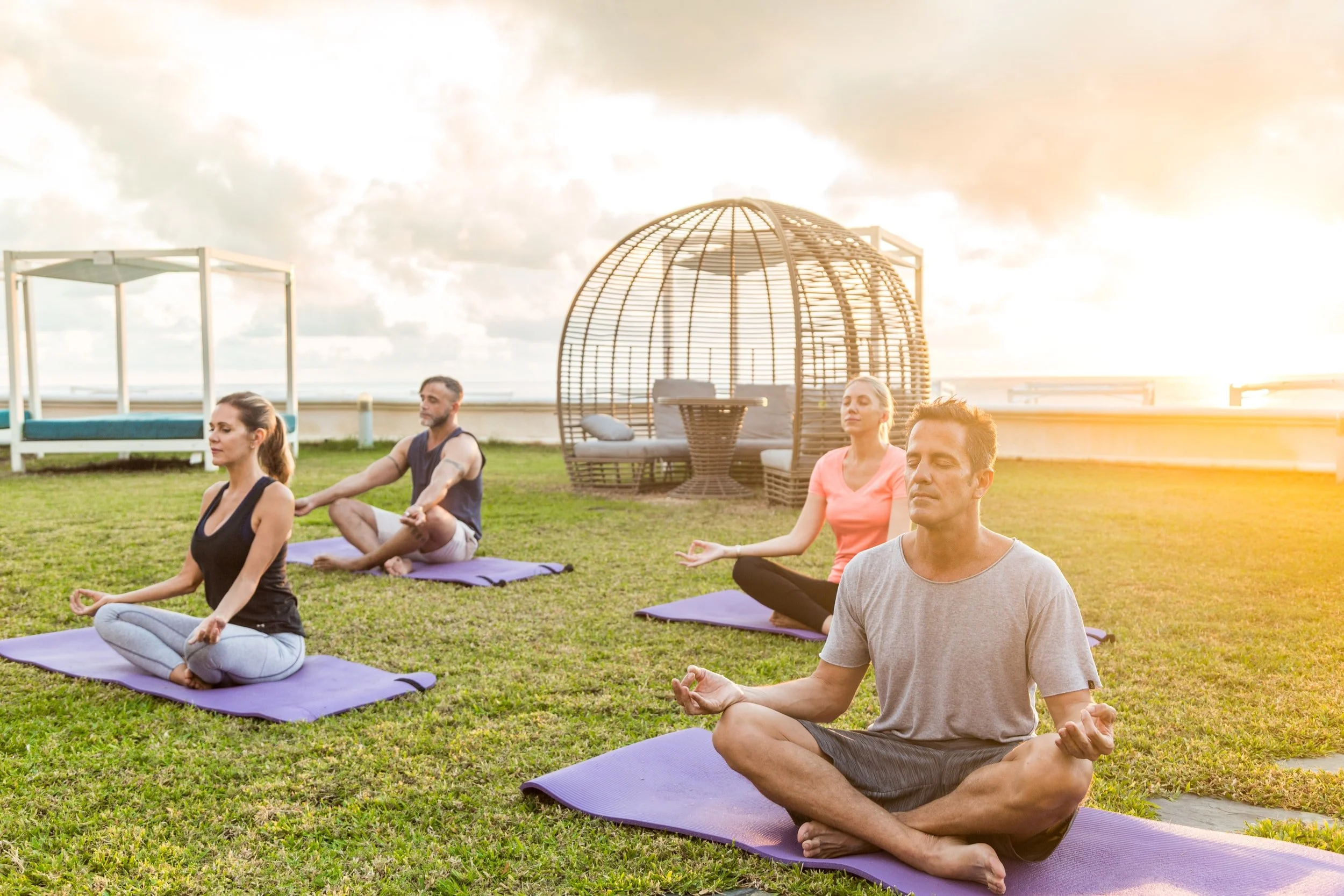Why do muscle cramps occur after exercise?
Why do muscle cramps occur after exercise?
Post-workout cramps are a fairly common symptom. Why do they arise, how can you alleviate the situation, and when is it time to see a doctor? We asked experts about this and made detailed instructions for you.
A cramp is a type of spasm accompanied by a strong muscle contraction, with severe pain. A muscle spasm can last anywhere from a second to 15 minutes. According to various polls, 95% of people have experienced this at least once in their life. The spasms can recur and feel like a series of seizures in the same area.
Muscle cramps: which muscles are affected most often?
Usually, a painful spasm occurs in those muscle groups that are subjected to prolonged stress. Most often, this includes the muscles of the back of the lower leg (calf muscle) and the back and front of the thigh. Less often, a spasm can occur in the muscles of the arms (biceps, triceps). The tendency of a particular muscle group to cramps directly depends on the type of sport in which a person participates: for example, runners often suffer from cramps in the front and back of the thigh, swimmers - the lower leg, etc. The muscles in the back, forearms, and feet can also cramp.
Why do cramps occur after exercise?
Muscles can contract for a variety of reasons. For post-workout cramps, overload is key. The reason for this phenomenon in sports is most often non-compliance with the training regime, and, as a result, muscle depletion, which leads to a violation of the nervous regulation of its contractile function. There are other factors that contribute to the appearance of spasms such as an unbalanced diet, namely a deficiency of calcium, potassium, iron, or other macro and microelements, as well as a natural predisposition of the body.
There are four common causes of cramps after and during exercise.
Overloading the nervous system;
Violation of the water-alkaline balance;
Injury;
Overheating or hypothermia of the body.
Let's consider these reasons in order.
1. Overloading the nervous system
Cramps occur when a muscle cannot relax. This is often due to malfunctions in the nervous system. “Constant lack of sleep, unhealthy diet, stress, and excessive physical exertion provoke the nervous system, a failure takes place, and this leads to spasm. In this case, the best solution would be to normalize food and sleep. Perform stretching exercises in combination with deep breathing before bed to help solve the problem faster.
2. Violation of the water-alkaline balance.
The process of muscle relaxation is associated with certain chemical reactions in the body, and certain minerals and trace elements play an active part. With intense, long-term physical exertion, the body can lose up to several liters of water. Together with sweat, trace elements (potassium, calcium, sodium, magnesium), which are necessary for the correct chemical processes in muscle fibers, are washed out. Replenishment of these elements will solve the problem.
One of the reasons for night cramps is dehydration during intense physical activity. Isotonics allow you to restore electrolyte and water balance. There are many isotonic drinks available to help maintain proper blood electrolyte levels. If you are going for a long, intense workout, be sure to bring an isotonic drink option with you.
3. The consequences of injury.
Cramps occur as a consequence of previous trauma. This is directly related to the peculiarities of the work of our musculoskeletal system. When the joint is injured, the surrounding muscles shorten slightly and contract to some extent to minimize movement. Having coped with trauma (or not), the tissues retain partial tension. Because of this tension, we immediately experience a cramp in the muscle.
Without proper rehabilitation after partial restoration of movement, the problem will not resolve, and a doctor should be contacted. Ask your doctor about performing light joint exercises and light stretching to gradually improve the mobility of the affected area.
4. Overheating or hypothermia of the body.
If you do fitness outside in too hot or, conversely, rather cold weather, you can also "earn" muscle spasms. Exercising in hot or cold conditions often leads to muscle cramps, as this is one of the first signs of heatstroke or frostbite. Drink plenty of water and relax in a comfortable room every 20 minutes of your workout if you choose to remain active in such adverse conditions.
Limb cramps may or may not be related to exercise. They can be caused by peripheral neuropathies, deficiency of potassium, magnesium, or sodium, hypothyroidism, pregnancy (last trimester), alcoholism, stenosis of the spinal canal, dialysis, or chronic liver disease. Also, spasms can occur due to the use of oral contraceptives and bronchodilators. If you experience a spasm for more than a week, be sure to see your doctor.
These unpleasant symptom can occur both during and after exercise. What should an athlete do in each specific situation?
Training cramps: how to ease the situation?
The first thing to do is to stop working the impacted muscle. Finish the workout immediately, otherwise there is a high risk of injury (tearing) to a muscle or tendon.
Then, the muscle should be mechanically relaxed: kneaded and slightly stretched. Most often in sports, the calf muscle is contracted. In this case, bend the knee completely and pull the foot towards you. To reduce spasm, massage movements (preferably circular) can be performed in the popliteal fossa.
If you should experience a leg spasm while swimming, it is very important not to make sudden movements of the leg, so as not to increase the spasm. Draw as much air as possible into your lungs to better stay in the water, and bring the knee of the spasmodic leg to your chest and pull the leg towards you with your hand. As soon as the cramp begins to subside, move very gently towards the shore so as not to provoke a new spasm.
So, if muscle spasms worsen during training, immediately stop exercising, do not make sudden movements, and instead gently knead and stretch the affected muscle.
What if you cramp your legs after training?
In this case, the order of action will be the same: stop what you are doing and start relaxing the muscles. This procedure can be applied to a spasm in any muscle.
For quick relief in a spasm situation, it is recommended to stretch these spasmodic muscles for 20 seconds. if this does not help, try several more times. Then, you should stretch the muscles a little with your hands without applying much pressure- if too much pressure is applied, it can cause a second spasm. Then, wiggle the limb, walk around, wiggle your fingers and do some stretches. And be sure to drink fluids.
Prevention of cramps after exercise.
The prevention of cramps after training depends on why your leg muscles are experiencing problems. Prevention is dictated by the causes of muscle cramps, but includes an adequately selected training regimen, no overexertion, and, of course, a balanced diet.
Consult a qualified healthcare professional or dietitian for nutritional advice tailored to your individual metabolic characteristics.
In general, if you exercise a lot, it can be helpful to add more foods rich in potassium and magnesium (the main electrolytes) to your menu: bananas, watery fruits and vegetables, legumes, and nuts.
Follow these tips to avoid cramps during and after exercise.















